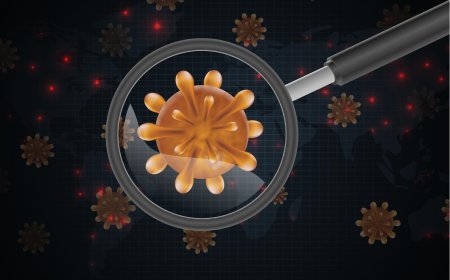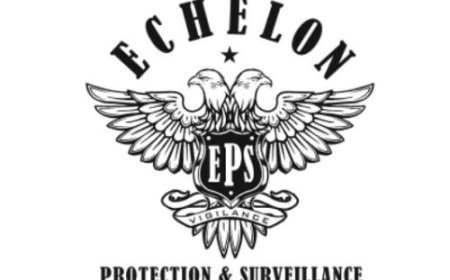Short Trick to Learn Periodic Table Using Songs
Struggling to memorize the elements? Discover a short trick to learn periodic table using songs. This fun and effective method transforms tough science lessons into catchy tunes that stick!

Memorizing the periodic table has long been a nightmare for science students. With over 100 elements, each with its own symbol, atomic number, and properties, its easy to feel overwhelmed. But what if there was a short trick to learn periodic table that was not only fun but also highly effective? Welcome to the world of learning through music. This article explores how songs and musical mnemonics can make chemistry enjoyable and memorable.
Why the Periodic Table is Challenging to Learn
The periodic table is a cornerstone of chemistry. Understanding it helps students grasp the structure of atoms, chemical bonding, reactions, and more. However, for many, the sheer volume of information makes learning it tedious. The difficulty isnt just about remembering the names of the elements, but also their order, symbols, and classification into groups like alkali metals, halogens, noble gases, and transition elements.
Traditional memorization methods such as flashcards, repetition, and writing them down repeatedly have their place, but they can be boring and time-consuming. Thats where creative techniques like songs can be game-changers.
The Science Behind Music and Memory
Music has been proven to enhance memory and learning. According to neuroscience research, melodies activate both the left and right hemispheres of the brain, improving retention and recall. Rhythmic patterns in songs help create a structure, making it easier to remember sequencesexactly what you need when learning the periodic table.
When students sing or listen to the periodic table in song form, they engage with the material in a multi-sensory way. This combination of auditory input, rhythm, and sometimes even movement (if they sing along or dance) helps embed the information deeper into long-term memory.
The Original Periodic Table Song
One of the most famous versions of this trick is Tom Lehrer's The Elements song. Though created decades ago, its still widely used today. The lyrics feature a rapid-fire naming of the elements in order to a lively tune. While it may seem fast and complex at first, repeated listening allows students to familiarize themselves with the sequence effortlessly.
YouTube is now flooded with modern adaptations of the periodic table song, including animated versions, rap renditions, and slowed-down educational versions designed specifically for students in school or college.
Creating Your Own Periodic Table Song
The best part? You dont have to rely solely on existing songs. You can make your own based on popular tunes. Heres how you can create a short trick to learn periodic table using your favorite song:
-
Choose a Simple Tune: Pick a well-known melody thats easy to sing. Nursery rhymes like "Twinkle Twinkle Little Star" or pop songs with repetitive choruses work well.
-
Break the Table into Chunks: Dont try to sing all the elements at once. Break the periodic table into rows or groups. For example, start with:
-
H He Li Be B C N O F Ne
-
Na Mg Al Si P S Cl Ar
and so on.
Match Syllables to Rhythm: Adjust the lyrics to fit the rhythm. You might need to stretch some words or simplify others.
Repeat and Record: Practice singing your version and consider recording it. Listening to your own voice can reinforce memory.
Add Visual Aids: Combine your song with flashcards, videos, or animations to enhance multi-modal learning.
Sample Short Trick to Learn Periodic Table (First 20 Elements)
Heres a sample version using the tune of Mary Had a Little Lamb:
mathematica
H He Li Be B, C N O F Ne
Na Mg Al Si P, S Cl Ar you see
K and Ca come after that,
The start of chemistry!
This short trick to learn periodic table covers the first 20 elements and is easy enough for middle and high school students.
Benefits of Using Songs as a Learning Tool
-
Better Retention: Rhymes and rhythms help store information in long-term memory.
-
Increased Engagement: Music makes the learning experience enjoyable.
-
Accessibility: Songs are easy to find online or create at home.
-
Versatility: You can modify the song based on your language, level of understanding, or musical preference.
Where to Find Periodic Table Songs
Students can explore several platforms for learning songs, such as:
-
YouTube Channels: Look for educational channels like AsapSCIENCE, Kids Learning Tube, and Socratica.
-
Educational Apps: Apps like Kahoot! or Periodic Table Quiz often have musical components.
-
Spotify & Apple Music: Some artists have created science playlists just for students.
A quick search using the keyword short trick to learn periodic table will lead you to a wealth of resources designed with students in mind.
Combining Songs with Other Learning Methods
While songs are a powerful tool, pairing them with other strategies enhances understanding. Use color-coded periodic tables, interactive games, digital flashcards, and quizzes to test your knowledge. This blended approach caters to different learning stylesvisual, auditory, and kinesthetic.
Final Thoughts
The periodic table doesnt have to be a dull wall chart in your classroomit can be your next favorite playlist. Using music is a proven short trick to learn periodic table content more easily and with more fun. Whether you're preparing for exams, participating in a science quiz, or just trying to boost your chemistry grade, putting elements to a tune might be the secret to your success.
So the next time youre daunted by hydrogen to oganesson, just remember: all you need is a beat, a melody, and a willingness to sing your way to science mastery!
Read Also: Artificial Intelligence and The Illusion of Choice or Consent






































